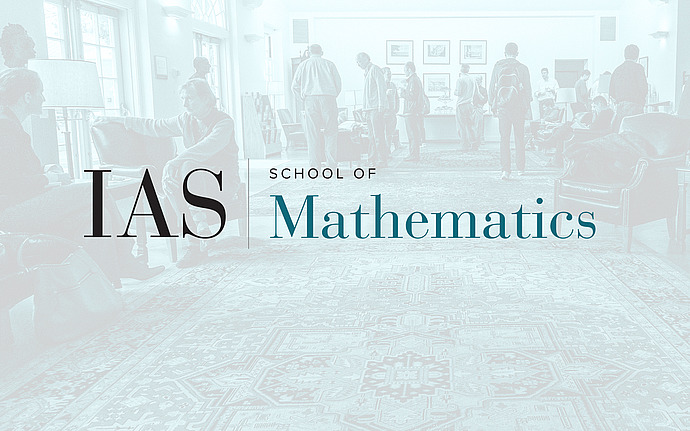
Joint IAS/Princeton University Number Theory Seminar
Real Zeros and Size of Rankin-Selberg L-functions in the Level Aspect
In 2002, J.B. Conrey and K. Soundararajan showed that there are infinitely many Dirichlet $L$-functions which do not vanish on the critical segment. Let $\mathcal{G}$ be the family of Dirichlet $L$-functions they considered. Following their work, a similar analytic study (especially the non-trivial real zeros but also the size on the critical line) of a family $\mathcal{F}$ of Rankin-Selberg L-functions which has the same symmetry type than $\mathcal{G}$ (namely the symplectic one) was undertaken during my thesis. Some asymptotic formula for the harmonic mollified second moment of $\mathcal{F}$ was established and obviously the asymptotic of the harmonic mollified second moment of $\mathcal{F}$ is the same than the asymptotic of the mollified second moment of $\mathcal{G}$. Let us remark that such a formula is needed to apply mollification method. The main contribution is a substancial improvement of the admissible length of the mollifier which is done by solving a shifted convolution problem by a spectral method of P. Sarnak on average thanks to large sieve inequalities for Fourier coefficients of Maass forms. Some other refinements obtained by B. Krötz and R.J. Stanton are also needed. Finally, the end of this talk will be devoted to the non-exhausted description of: some recent techniques, which appeared after my thesis, for solving shifted convolution problems (V. Blomer, G. Harcos, P. Michel); some ideas for solving shifted convolution problems in the future (J. Bernstein, P. Michel, A. Reznikov, ...).